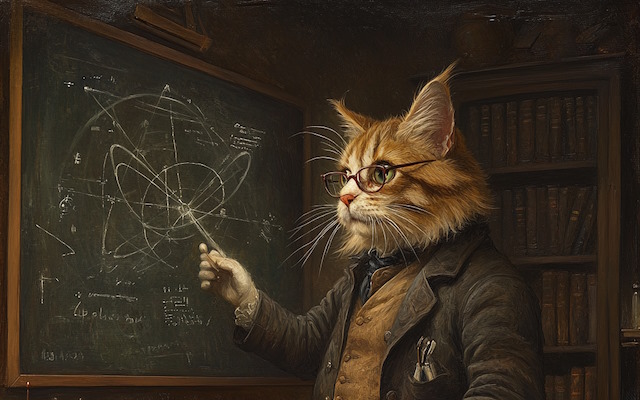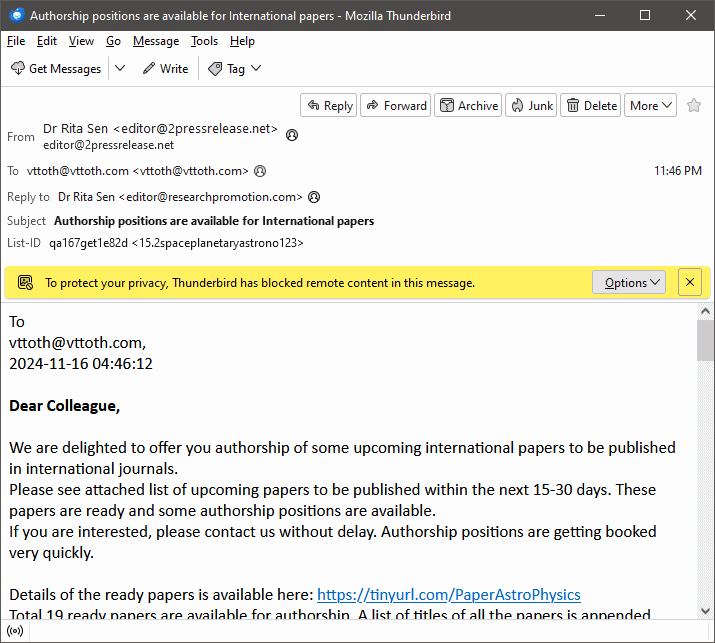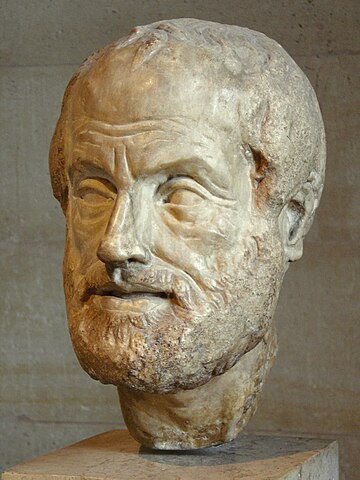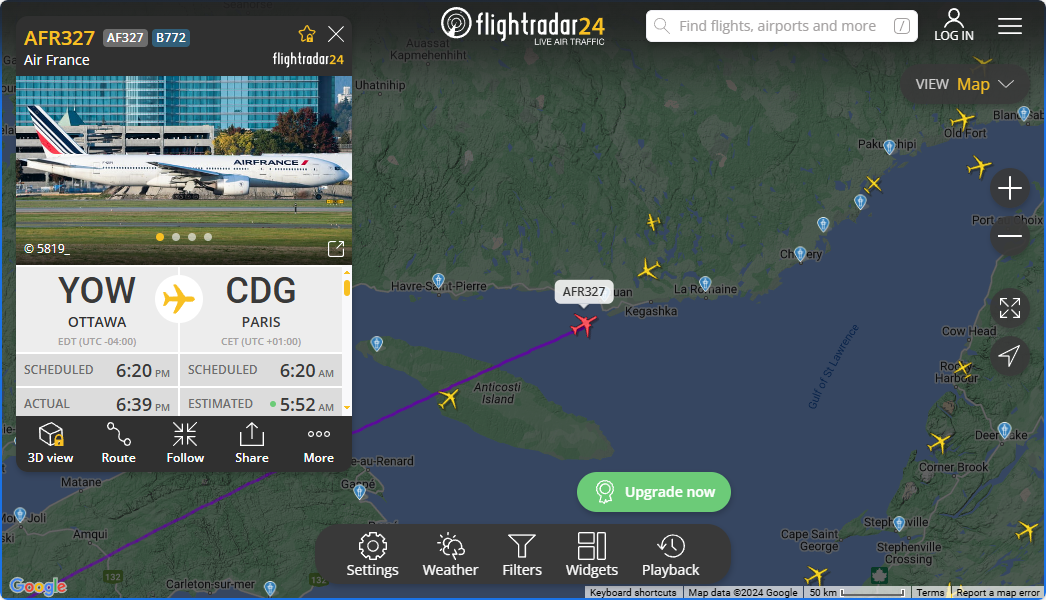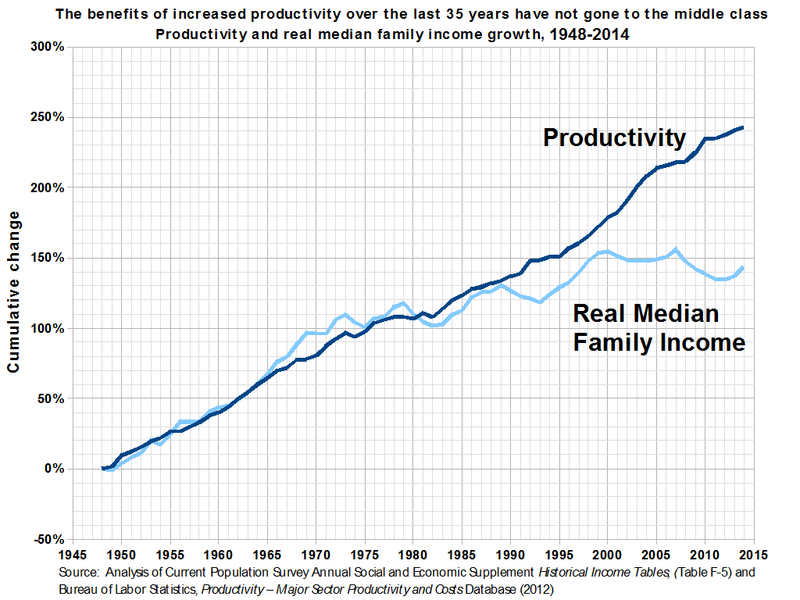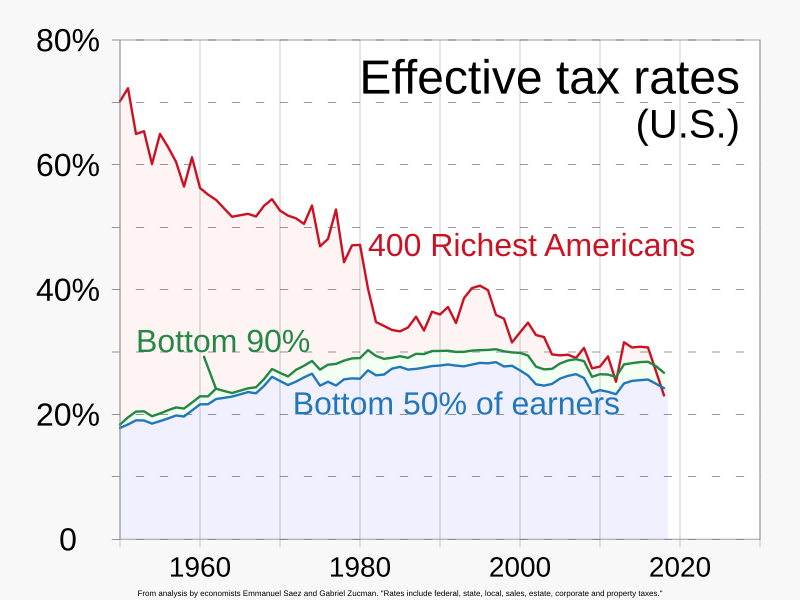For years now, one of my favorite pastimes when I needed some downtime was to play one of the Fallout games. I still cannot decide if I like Fallout 3 or Fallout New Vegas more. Fallout 4 would be less likable, except that it has settlement building which gives the game a whole new dimension. I know, I know, building settlements is not every gamer’s cup of tea, but I enjoy it.
But then, there are the extensions. And no, I do not mean the “official” DLCs (downloadable contents) that are provided by the game publisher, but rather, the “mods” that are offered by third parties, individuals and groups of enthusiasts alike. Mods can improve a game, fix bugs, add to the experience, but in the case of the Fallout games, they reached a whole new level: Some mods rival the DLCs, or perhaps even surpass them.
Take Fallout New California. Years in the making, this mod rivals in size the very game itself, Fallout New Vegas, that it extends. Set years before the events of New Vegas, it puts the player in the shoes of a young protagonist who grew up in a Vault, only to find himself out there in the western wastelands of the New California Republic, amidst rival factions and a deadly search for some disastrous pre-war technology. The mod is just amazing: a main quest that retains some of the trademark moral ambiguity that always characterized Fallout, numerous side quests, a richly textured world, a memorable radio station from Sandy Hills, unique companions… What a game! And it seamlessly transitions into New Vegas, providing a robust back story for the player’s later identity as a Courier, and offering some perks and companions that the player can retain.
For a while, I thought New California was it, the new gold standard when it comes to fan-made mods. But then, there were rumors of yet another mod on its way: A mod of Fallout 4, that would be set overseas, in the great city of London, England.
*** WARNING: Some spoilers follow ***
I have now completed Fallout London, and the impression I came away with is that despite its rough edges, despite the fact that it still has numerous small but annoying bugs and suffers from frequent crashes, it nonetheless surpasses even New California in its breadth, depth, originality. And details and nuances! A Big Ben that chimes at 6 AM (yes, six times). A bona fide TARDIS (that, sadly, vanishes the moment you acquire the loot that it offers). A crosswalk at Abbey Road with four permanent shadows, with a pair of round glasses found in the first of the four. A “British Broadcasting Ministry” radio station that is really as pretentiously British as it can be, is just one of three unique in-game radio stations. Not to mention a post-apocalyptic British society with its snobbish Gentry, cannibalistic Beefeaters, mutant Thamesfolk and numerous other factions, in particular those Tommy conscripts who resemble in so many ways the grunts of the NCR military in New Vegas.
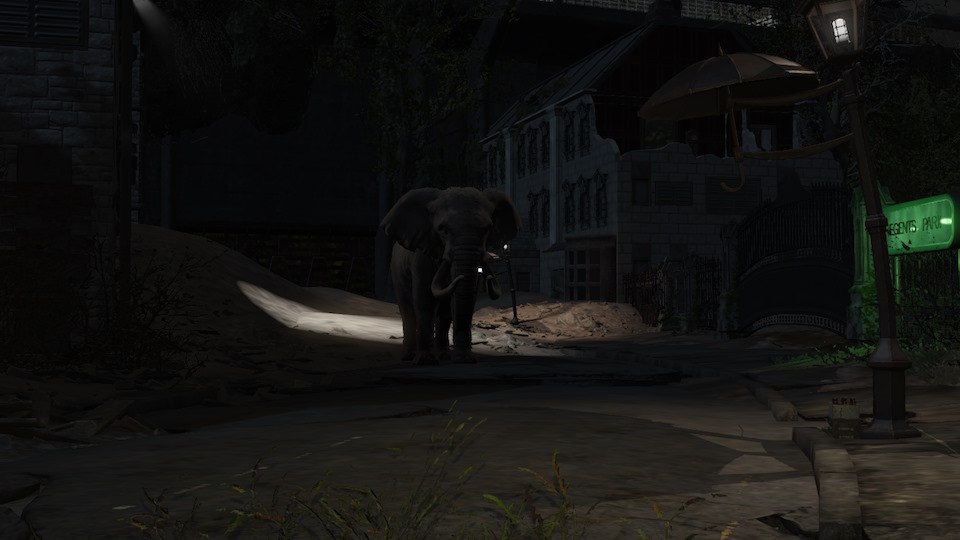
Yes, the elephant is in FOLON, too.
Then there’s the voice acting. It is superb, probably the best in all the Fallout universe. And the side quests? That Lovecraftian side journey that you get into after collecting those Cutethulhu dolls feels like a full-blown DLC on its own right, and a very unique and quirky one at that. Oh, and did I mention that you get a canine companion… no, not the lovable Dogmeat but an equally faithful four-legged friend, Churchill the English bulldog? (The human companions are also amazing, with rich, touching backstories.)
But then, I only have one real complaint. Namely that, after having explored all three endings of the main quest line, I concluded, like the computer WOPR in the movie War Games, that the only winning move is not to play. That is, leave the main quest unfinished. Just explore, find every location, turn on all mariner beacons, find all unusual call boxes, read all the writings Sid has to offer… but leave the main quest alone.
Why? Because no matter which side you pick, they destroy London. The London in which you wake up is far from pefect, but it is a functioning city and Westminster is in decent shape. Sure, the city could use more vertical mobility and the Gentry could be a little bit less snobbish and more accommodating, but that’s not what you get with any of the chosen outcomes. Should you side with Smythe, you end up with a city that’s intact but soulless, governed by clones and subject to unethical science experiments. The Fifth Column turn it into a kind of a fascist nightmare. Arthur’s Camelot may have more pleasant intentions, but the end result is nearly the same: Westminster is mostly destroyed, the city is in ruins, and there’s no reason to believe that anyone’s life improved as a result.
So this, then, was my favored outcome: after doing my part, helping Smythe set off an explosion at the tournament in Westminster, after freeing Reggie the crab (against Smythe’s wishes), I just let the phone continue ringing outside the London Aquarium, I avoided visiting the Fifth Column and making friends with Eve at Cable Street, and I also avoided getting better acquainted with Arthur. I now mind my own business, discovering the few remaining locations that I have not yet visited (yes, you can actually get to Blight Crater even without completing the Scylla quest—which I was never offered, due to a bug I believe—if you have the right stats and equipment, and know how to cross the radioactive waters minimizing damage), still finding amazing little details and oddities here and there, like at the Greenwich Observatory that I just finished exploring. And of course I return to my few settlements from time to time, continuing to improve them despite the somewhat broken settlement mechanics in this amazing, astonishing mod.
Or just go back to Westminster, take a taxi ride or board the city’s one remaining functional Underground line. Just for fun. There is something special about being able to ride a subway, some 160 years after global nuclear Armageddon, in one of the most iconic cities of the world, Ol’ Blighty, while listening to a worthy cover of the iconic We’ll Meet Again…
Mind the gap.






